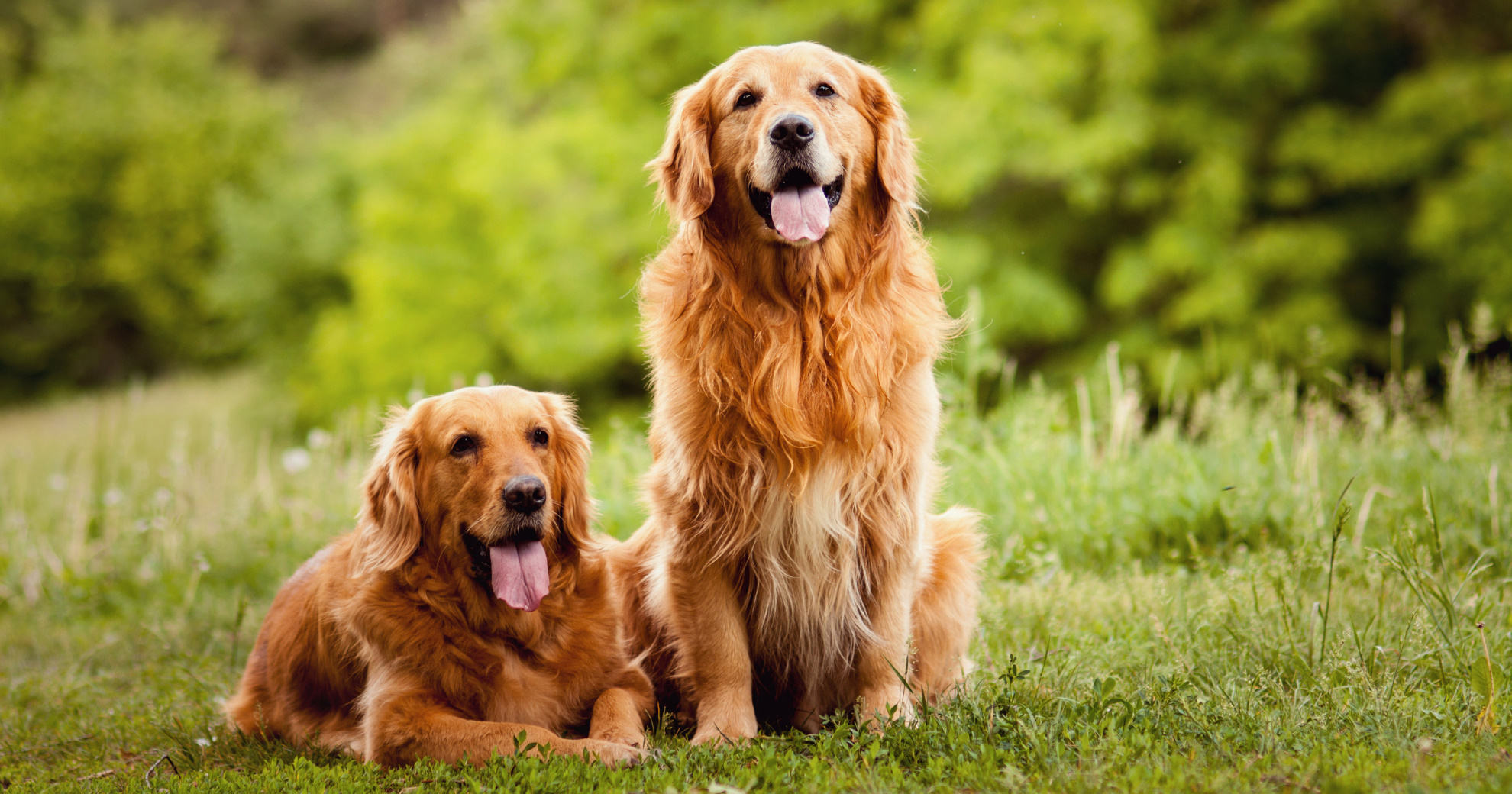HEALTH & WELLNESS

VOTING BOOTH

TRENDING

LIONS FOUNDATION OF CANADA DOG GUIDES
Lions Foundation of Canada Dog Guides and its founding program, Canine Vision Canada, was established in 1983. It’s the largest school of its kind in Canada with its training school in Oakville and breeding facility in Breslau.
Finding Out About Joints And How They Can Affect Pets

The list of joint ailments in pets, particularly dogs and cats, is almost endless.
You may have noticed some or all of these symptoms and wondered what could be causing the problem.
- Limping: In less serious cases, your pet may intermittently limp on one or both back legs, but it might get worse over time.
- Pain: Signs of pain around the hip area when they’re petted or touched there.
- Changes in Behaviour: Some pets, particularly dogs, may become aggressive or shy away when petted.
- Physical Changes: Thigh muscles could shrink, and your pet may feel pain when their hip joint is moved. One leg may also look shorter.
To better manage our understanding of the causes and treatments, in this article, we take a broad overview of the most common disorders.
Primarily, the afflictions in cats’ and dogs’ joints are either inflammatory or non-inflammatory.
INFLAMMATORY DISEASES
These occur when the body’s immune system responds without invaders to defend against, and this triggers inflammation.
In cats, this causes autoimmune conditions like Musculoskeletal Autoimmune Diseases of which examples are Immune-Mediated Polyarthritis and Rheumatoid Arthritis. If your pet has one of these, you might notice them being lethargic, limping, showing signs of muscle pain, or even losing muscle mass.
In dogs, Immune-Mediated Polyarthritis specifically targets the joints, leading to inflammation and discomfort. Often unnoticed, this internal physiological battle can significantly impact an affected pet’s quality of life.
The typical treatments for these diseases are:
- Anti-Inflammatory Medications: These drugs help lessen pain and swelling.
- Chemotherapy Drugs: These medicines work by calming down the immune system to stop it from attacking the joints.
- Physical Therapy: This includes exercises that can help improve how well the joint moves.
- Surgery: In more serious cases, an operation might be needed.
NON-INFLAMMATORY DISEASES
Aseptic Necrosis of the Femoral Head or Legg-Calvé-Perthes Disease is a condition where the blood supply to the top part of the thigh bone (femur) gets cut off. This causes the bone to break down. This condition often affects both hip joints and is commonly seen in young small dogs or puppies of small breeds and also occurs in cats.
The most common surgical treatment for both dogs and cats is called a Femoral Head Ostectomy (FHO). This procedure involves removing the head and neck from the femur. FHO surgery can be very successful in restoring pain-free joint mobility.
Degenerative Joint Disease (DJD) is another name for arthritis or osteoarthritis. It’s a condition where the cushioning (cartilage) between the joints slowly breaks down. This can happen after an infection, injury, or surgery to the joints. This allows for bone-on-bone contact which causes severe pain and erodes the contact points. Depending on the severity, the following treatments often mitigate damage to the joints and reduce discomfort.
- Losing Weight: If the pet is too heavy, helping it lose weight can take some pressure off its joints.
- Regular Exercise: Light exercise on soft surfaces can help keep the joints moving smoothly.
- Warm Compresses: Putting a warm cloth on the sore joints can help ease the pain.
- Painkillers: Certain drugs can help reduce pain and swelling.
- Surgery: In some cases, an operation might be needed.
Common in cats and dogs are forms of joint damage caused by congenital joint deformities or traumatic injury. One, the displaced kneecap is known as Luxating Patella. When the kneecap dislocates, the kneecap structure “pops out” of its normal position in the trochlear groove at the end of the femur. This can cause your pet to limp or carry the affected leg abnormally.
Medial and Lateral Luxation occur when the kneecap slides inward or outward respectively.
Treatments for this condition include:
- Limiting Exercise: Keeping the pet’s activity levels in check can help avoid making the injury worse.
- Losing Weight: If the pet is too heavy, helping it lose weight can take some pressure off its joints.
- Painkillers: Certain drugs can help reduce pain and swelling.
- Joint Supplements: These can help keep the joints healthy.
- Physical Therapy: This includes exercises that can help improve how well the joint moves.
- Surgery: In more serious cases, an operation might be needed.
By keeping a close eye on your pet’s well-being and behaviour patterns you should catch most of these afflictions early enough for your veterinarian to prescribe the best approach in dealing with them.
![]() Pain & Inflammation can be silent! If your dog/cat is showing any warning signs of disease, BOOK AN APPOINTMENT WITH YOUR VETERINARIAN TODAY TO LEARN MORE & TO GET THEM THE TREATMENT THEY NEED! Find a veterinarian near you.
Pain & Inflammation can be silent! If your dog/cat is showing any warning signs of disease, BOOK AN APPOINTMENT WITH YOUR VETERINARIAN TODAY TO LEARN MORE & TO GET THEM THE TREATMENT THEY NEED! Find a veterinarian near you.








